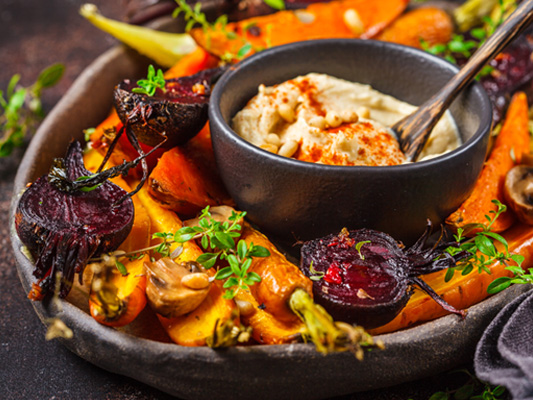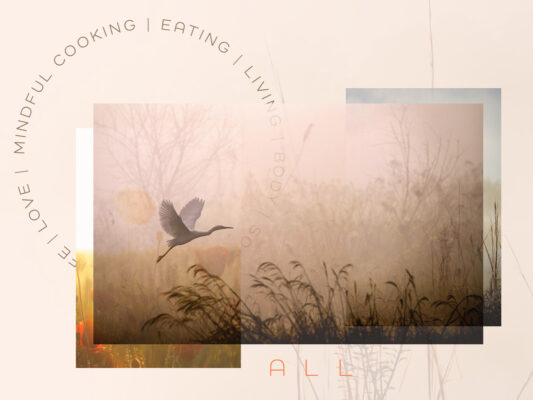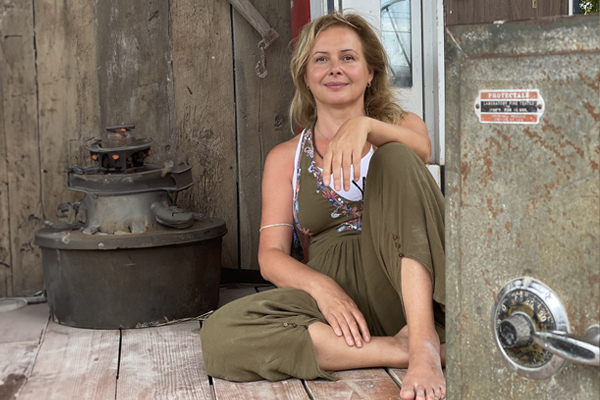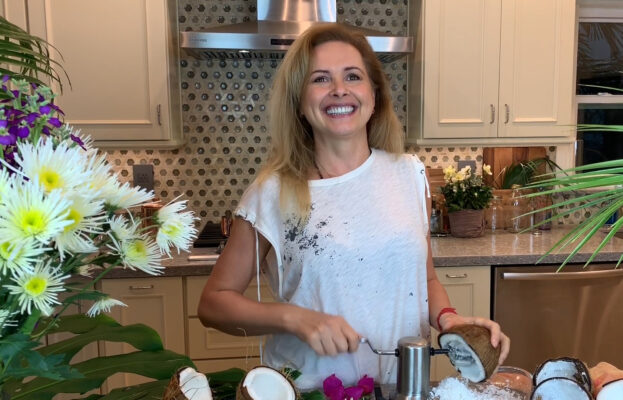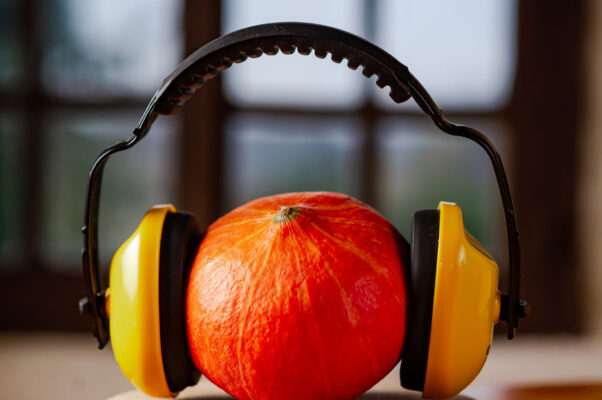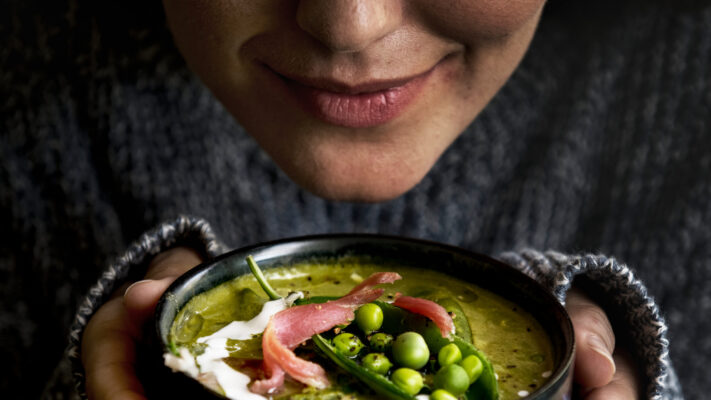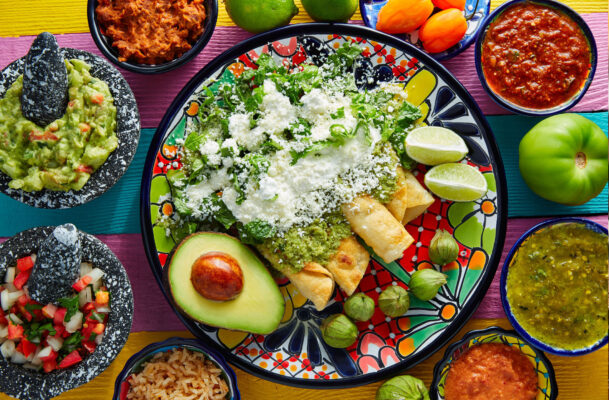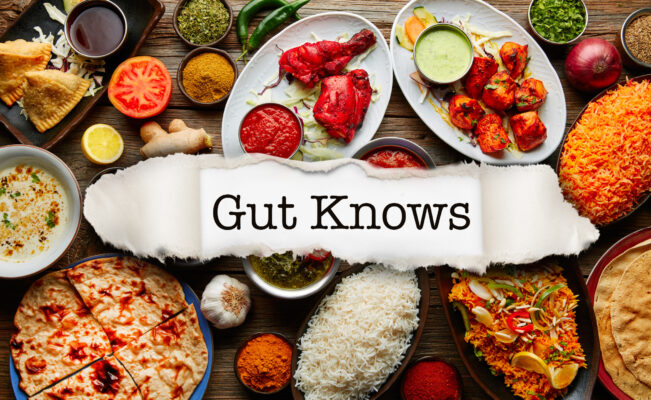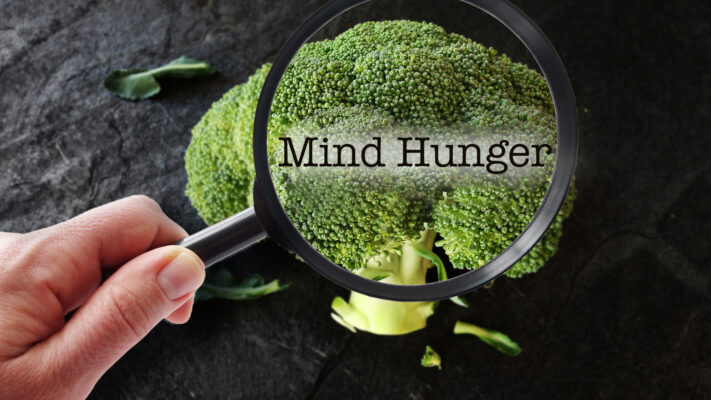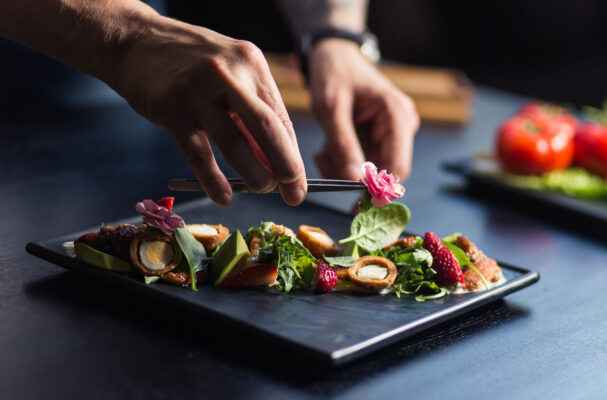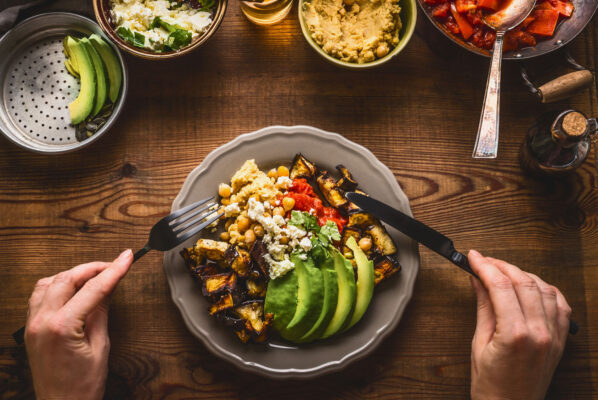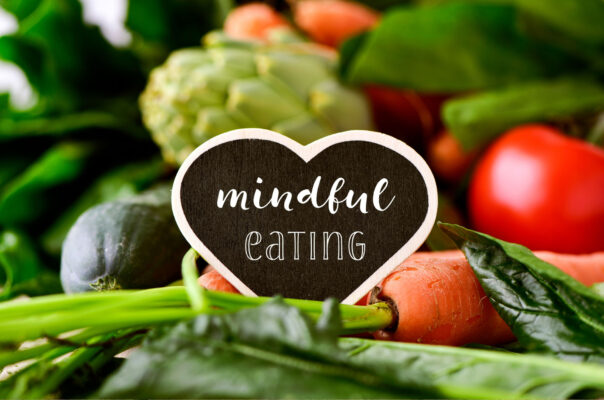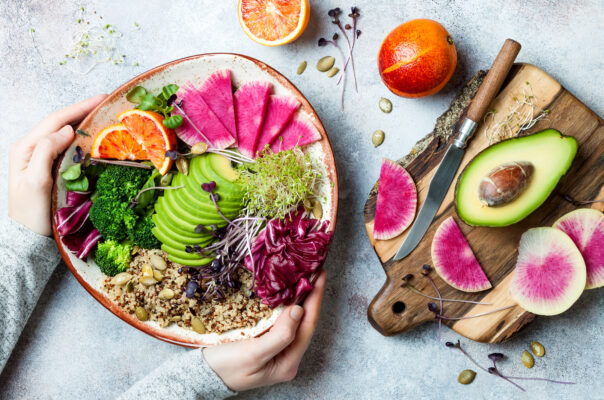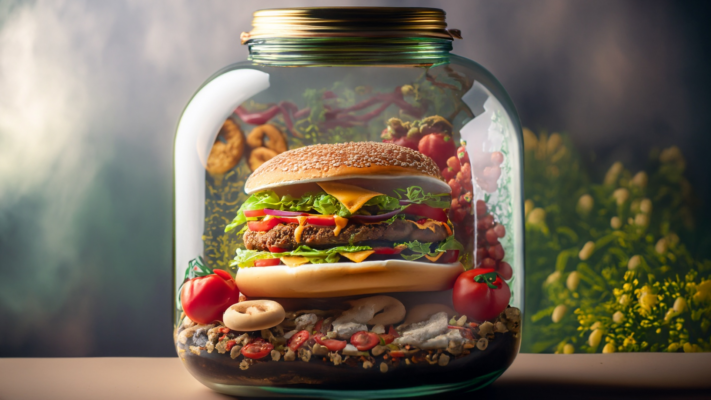Why am I Always Hungry?
Staring into the abyss of an empty cookie jar, you’ve probably found yourself wondering, “Why am I always hungry?” No judgment here – we’ve all had our midnight raids in the kitchen or that extra slice of cake we didn’t really need. Hunger, a seemingly straightforward sensation, can be a tricky puzzle to solve.
So, let’s listen to what your tummy has to say, as I’m here with you, ready to address your hunger conundrum. This isn’t just a run-of-the-mill diet talk but a deep dive into understanding why we feel the way we do about food. I’ll be demystifying the science of hunger, tackling the various types of hunger we experience, and exploring how our senses and emotions influence our eating habits.
As we embark on this exploration, you’ll find a wide range of insights, from how our eyes feast on delicious visuals to why our hearts sometimes hunger for comfort food. We’ll also delve into mindful eating practices, arming you with the knowledge to navigate your cravings and build a healthier relationship with food.
It’s high time we listen to our bodies, understand the language of our stomach, and unravel the mystery behind the perpetual question, “Why am I always hungry?” So, let’s turn the tables on hunger, transforming it from a confusing, often frustrating experience into an opportunity for self-discovery and conscious living. Bon appetite!

The Scoop on Munchies
Ever wondered why we eat when we do? Most of us would say it’s because we’re hungry, but when it comes to explaining how we know we’re hungry, things can get a bit tricky.
Turns out, hunger is a super complex feeling, with loads of different dimensions. It can pop up as sensations, thoughts, and even emotions! You can see me picking hunger apart in its article 👉🏻 Hunger Games: The Inside Scoop on Why We Crave.
There are loads of factors that make us think, “Ugh, I’m so effing hungry!” It could be because we haven’t eaten in forever, or maybe we’re just tired, stressed, or feeling a bit lonely. Sometimes, we feel hungry even when we don’t actually need food. But through mindfulness, we can figure out the real reasons behind our munchies and treat them in a healthy way.
The most basic type of hunger is physiological. You know, when our bodies are like, “Hey, I need food to survive!” 🏃♂️💨 It happens when our energy levels are low, and we need more fuel to keep going. If we could only listen to this kind of hunger, life would be so much simpler!
But, being human is all about being extra, right? 🤣 We looove food and enjoy it with all our senses – sight, smell, taste, you name it! And when our senses get all excited, we just can’t help but shove food in our mouths.
To avoid getting tricked by our senses, we gotta take a step back and really pay attention to what’s going on inside us. Just take a moment to think before you dive into that slice of pizza or gooey chocolate brownie. It might be tough at first, but it’s totally worth it!

The Nine Types of Hunger
So, let’s get to know the nine types of hunger: eye hunger, touch hunger (or tactile hunger), ear hunger (or sonic hunger), nose hunger, mouth hunger, stomach hunger, cellular hunger, mind hunger, and heart hunger (or emotional hunger). Plus, there’s one more sneaky kind of hunger that’s actually thirst! 💦
The Usual Suspects 🧐: The Four Hungers That Mess with Us
Alright, so here’s the thing. There are these Nine Hungers 👆🏻, right? And four of them can really get on our nerves more than the others.
So first, we have ‘mouth hunger‘. That’s the one where our mouth is just itching for a new taste, you know? Then there’s ‘stomach hunger‘. That happens when we forget how much our tummy can actually handle. The third one is ‘mind hunger‘, that pesky one where our thoughts barge in and start criticizing what we’re eating. And lastly, there’s ‘heart hunger’. This one’s tricky because sometimes we eat more when we’re feeling a bit emotional and we don’t even realize it.
These types of hunger can lead us to overeat, especially when we’re not really paying attention to them or how we can satisfy them properly. But now that you know about these nine types of hunger, you’re already on your way to mastering the art of mindful eating.
Often it’s about checking in with yourself every time you feel like eating, to see which kind of hunger you’re actually feeling. So next time you’re about to dig in, just pause and ask yourself, “Okay, who’s actually hungry in there?”
I know, I know. It might sound a bit weird at first, but trust me, once you get the hang of it, it’ll only take a few seconds. You can even do it around others without them even noticing. And if someone does ask what you’re up to, just tell them, “Oh, I’m just seeing which parts of my body are actually hungry and what they’re craving.” You can even add, “I’m practicing mindful eating.” Who knows, it might even spark a really cool conversation!
Breaking Free: From Comfort Food to Conscious Choices
You know, we all pick up habits when we’re kids. Things we do to make ourselves feel better, safer. Back then, these habits were lifesavers. They got us through the rough stuff. But now that we’re grown-ups, these habits can sometimes turn into obsessions that make us feel pretty miserable. And one of those habits for many of us is how we use food.
Think about it. As a kid, if you didn’t feel loved or safe, food might’ve been your go-to comfort. In some cases, it might’ve been the only comfort. Food was reliable. Food didn’t let you down. It helped you survive and become the tough, creative adult you are today. But it might’ve also left you with some less-than-great eating habits. As one woman put it, “Food was my only friend, my reliable friend. Why would I give it up?”
But the thing is, it’s not about giving up food. It’s about changing how we relate to it. It’s about breaking free from the obsession with food and body image that’s got us stuck. It’s like we’ve made ourselves a little nest in this prison, and we’ve lined it with food. But to get out, we need courage to take it one step at a time, guided by what’s true now, not what was true when we were kids.
The first step? Listening to your body, your heart, your mind. Checking in with those Nine Hungers we’ve been talking about. Once you’re aware of what’s going on, you’ve got choices. When you can pop up into awareness and ask yourself, “Who’s hungry in there?”, you’re not just reacting to old habits. You’re stepping onto the path to freedom.
It’s kinda like being a chef in a busy restaurant with nine different orders. Each customer insists their dish should be a priority. You can’t just rush and cook the first order you heard. You have to listen, consider the complexity of each dish and the waiting time, then make a strategic, smart decision about which dish to prepare first.
The same goes for mindful eating. As the driver of your own body, you’ll learn to listen to the Nine Hungers and make smart, kind, decisions about what and how and when and how much to eat.
To really feel satisfied and eat just the right amount, we’ve gotta take in food with all our senses. We’ve gotta wake up to the color, smell, texture, taste, temperature, and sound of our food. And if we want to feel good in this moment, to feel nourished by whatever life throws at us, we’ve gotta find ways to feed our hearts, too.
Be Alive 🌱
Love ❤️, Julia
Mindful Eating 🥢
Mindful Eating Meditation
GUIDED MEDITATIONS 💗
DISCLAIMER: The materials and the information contained on the Positive Pranic website are provided for general and educational purposes only and do not constitute any legal, medical, or other professional advice on any subject matter. None of the information on our videos is a substitute for a diagnosis and treatment by your health professional. Always seek the advice of your physician or other qualified health providers prior to starting any new diet or treatment and with any questions you may have regarding a medical condition. If you have or suspect that you have a medical problem, promptly contact your health care provider.



